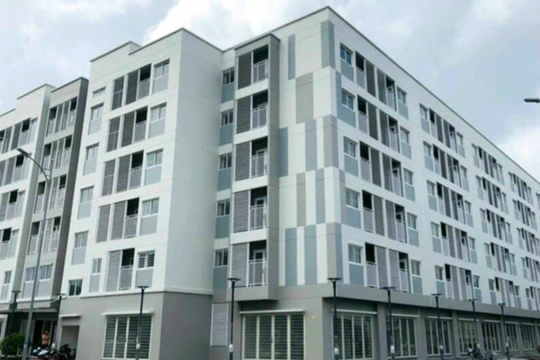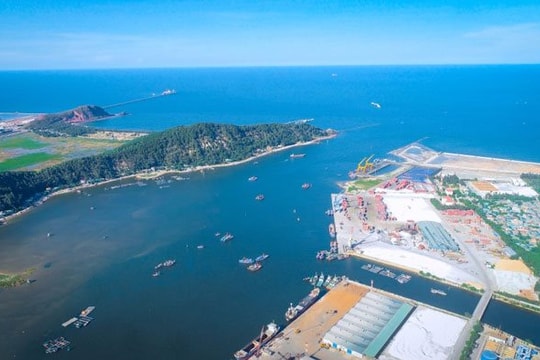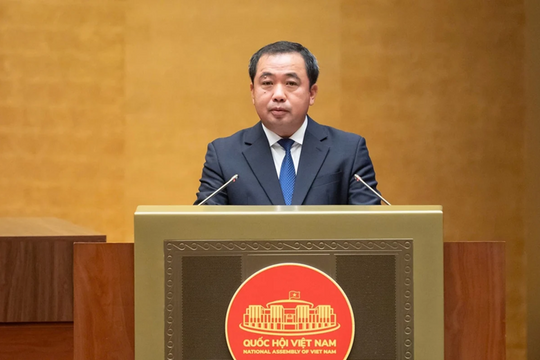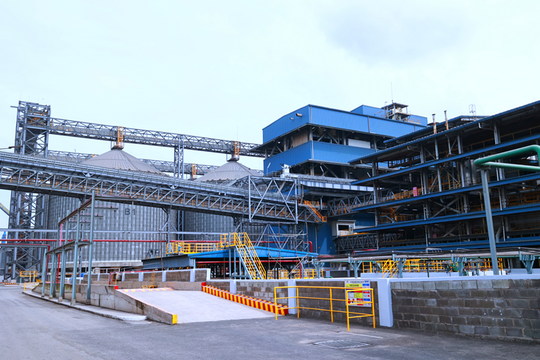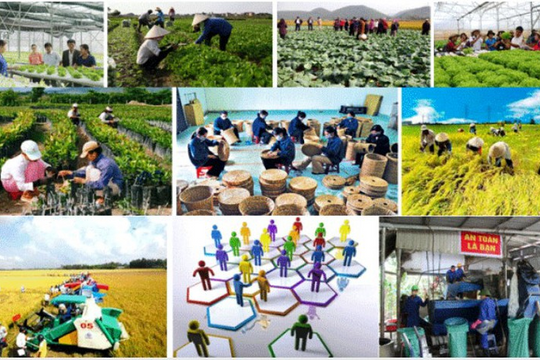As the global economy undergoes significant transformations, Vietnam has emerged as an attractive destination for international investors, thanks to its strategic location, abundant workforce, and favorable government policies. The rapid expansion of industrial parks (IPs) demands that logistics infrastructure be upgraded accordingly to ensure operational efficiency, cost optimization, and compliance with sustainable development standards.
.jpg)
.jpg)
1. The Boom in Industrial Real Estate and the Need for Sustainable Logistics
The Development of Industrial Real Estate
.jpg)
.jpg)
Investors are not only expanding the area of industrial parks but also focusing on next-generation IPs that adhere to ESG (Environmental, Social, and Governance) standards to attract high-quality capital inflows. However, the rapid growth of industrial parks also puts pressure on logistics infrastructure, leading to challenges such as high transportation costs, traffic congestion, and environmental pollution.
The Demand for Sustainable Logistics
.jpg)
.jpg)
Key sustainable logistics trends in Vietnam include:
- The application of AI and IoT technology in operations to optimize supply chains.
- The use of environmentally friendly transportation, such as electric trucks and biofuel-powered container ships.
- The implementation of smart warehouses combined with renewable energy sources.
.jpg)
.jpg)
2. The Benefits of Integrating Industrial Real Estate and Sustainable Logistics
Increasing the Value of Industrial Real Estate
Industrial parks that integrate green logistics solutions have land rental prices that are 10-15% higher than traditional IPs (according to JLL Vietnam). Major FDI enterprises such as Apple, Samsung, and LG require their suppliers to comply with ESG standards, including green logistics infrastructure.
Optimizing Logistics Costs
Collaboration between industrial parks and logistics enterprises helps:
- Reduce transportation time and enhance market responsiveness.
- Utilize smart warehouses, minimizing unnecessary storage space.
- Connect efficiently with international distribution centers, creating an export advantage.
Meeting International ESG Standards
Sustainable development is no longer optional but has become a mandatory criterion for attracting foreign investment. ESG standards apply not only to manufacturing enterprises but also to industrial parks and logistics systems, helping to:
- Reduce CO₂ emissions through environmentally friendly transportation methods.
- Utilize renewable energy, such as rooftop solar power systems.
- Enhance recycling capabilities and waste management within industrial parks.
3. Effective Collaboration Models Between Industrial Real Estate and Sustainable Logistics
- Developing integrated logistics centers within industrial parks, optimizing transportation costs and delivery times.
- Applying green logistics technology, such as electric trucks, multimodal transport, and AI-based supply chain management.
- Co-investing between industrial park developers and major logistics companies, creating long-term sustainable development incentives.
- Collaborating on training high-quality logistics personnel, addressing the increasing demand for sustainable supply chain management.
4. Moving Towards Sustainable Development Through Strategic Cooperation
Industrial real estate and sustainable logistics cannot develop independently. If industrial parks only focus on expanding their areas without prioritizing logistics, they will face congestion, high operational costs, and diminished competitiveness.
.jpg)
.jpg)
Government support is essential in promoting investment in green logistics infrastructure, developing multimodal transport systems, and encouraging the application of technology in supply chains. This will not only help reduce emissions but also establish a solid foundation for Vietnam’s economy in the context of global integration.
Conclusion
.jpg)
.jpg)
If Vietnam aims to maintain its position as a top destination for international investors, synchronized development between industrial parks and green logistics must be a strategic priority. The strong connection between these two sectors will not only create long-term advantages for businesses but also contribute to Vietnam’s sustainable economic growth in the new era.


.jpg)
.jpg)
.jpg)
.jpg)

.jpg)
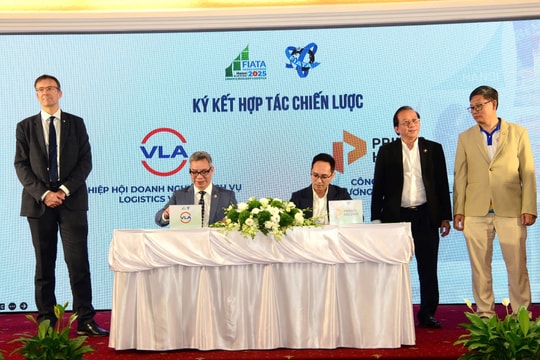

.png)

.png)
.png)


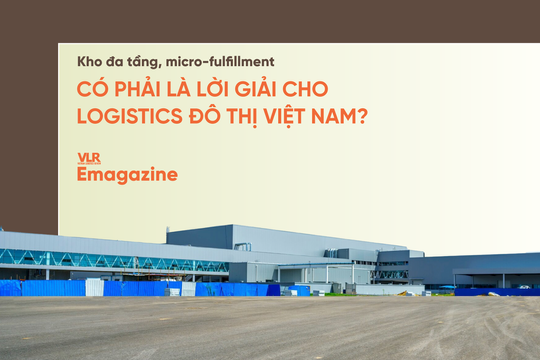
.png)




